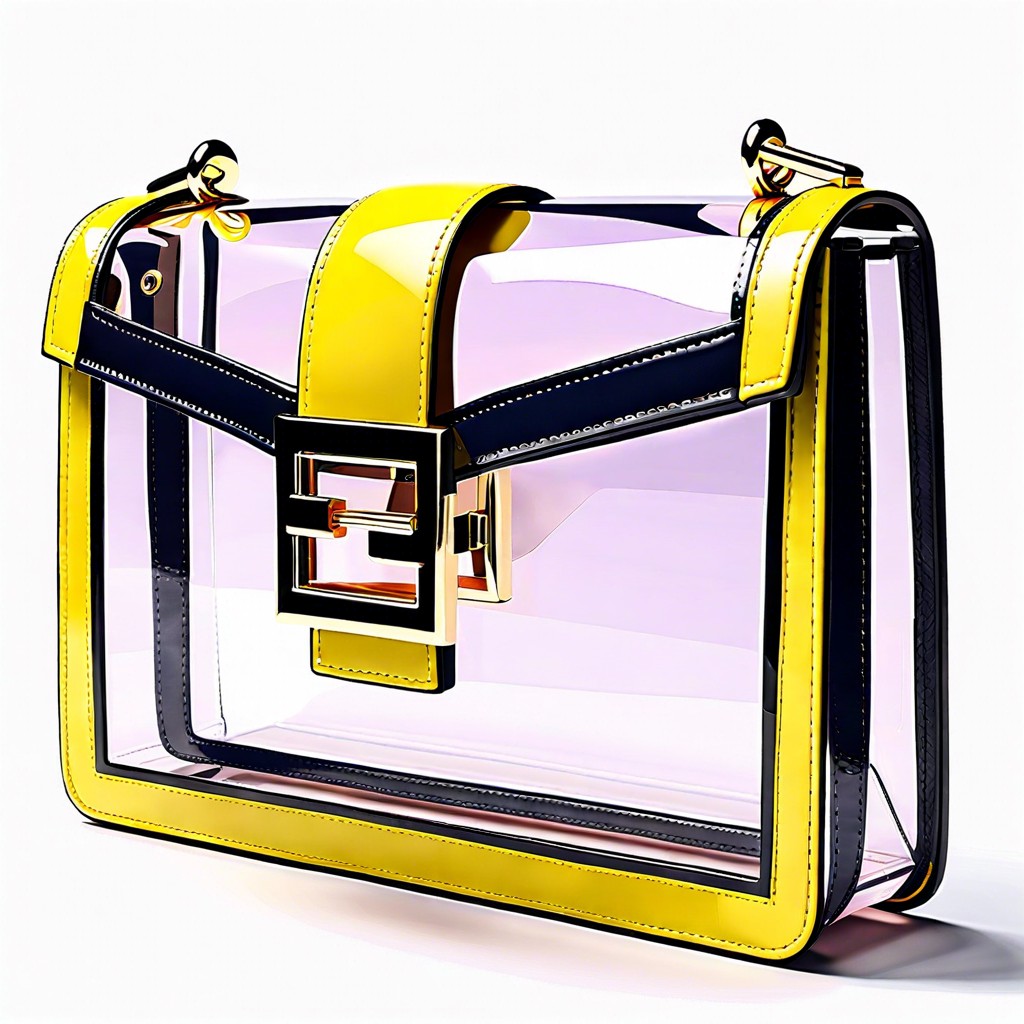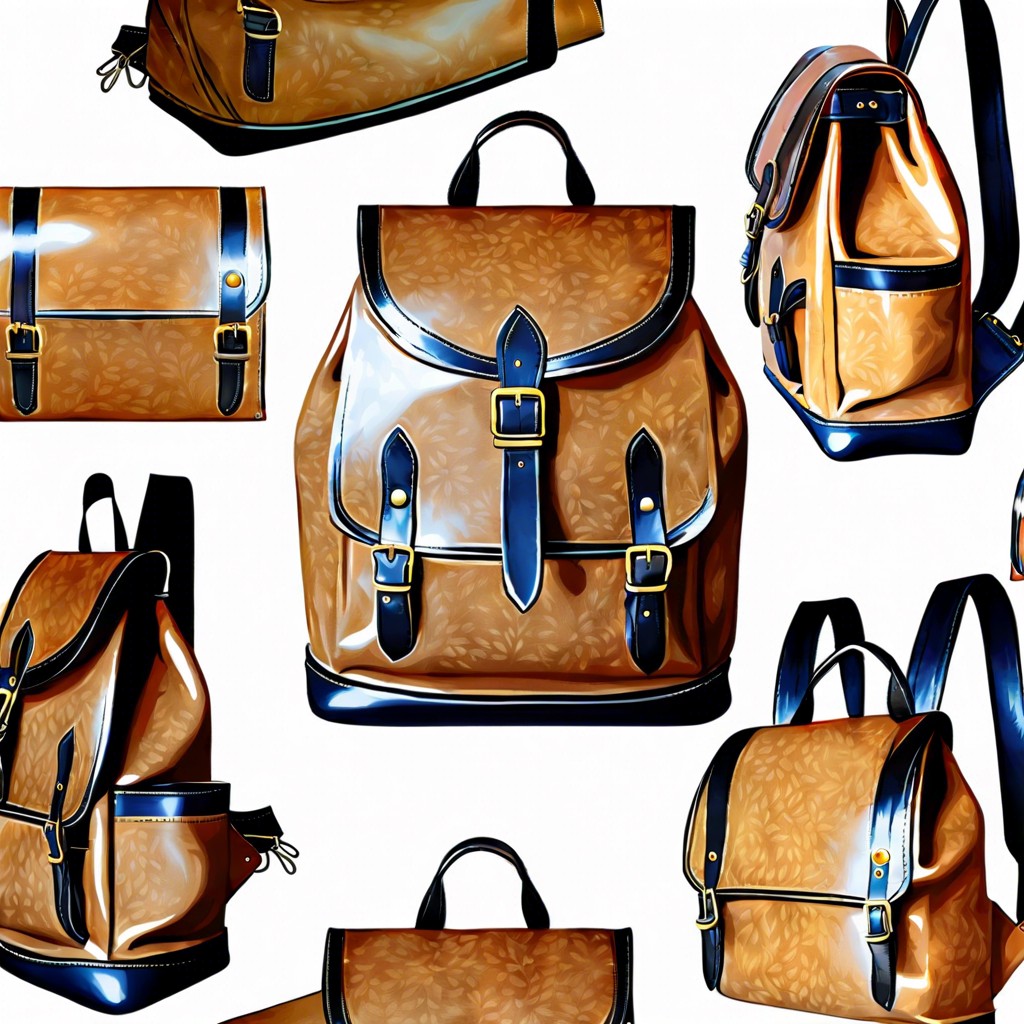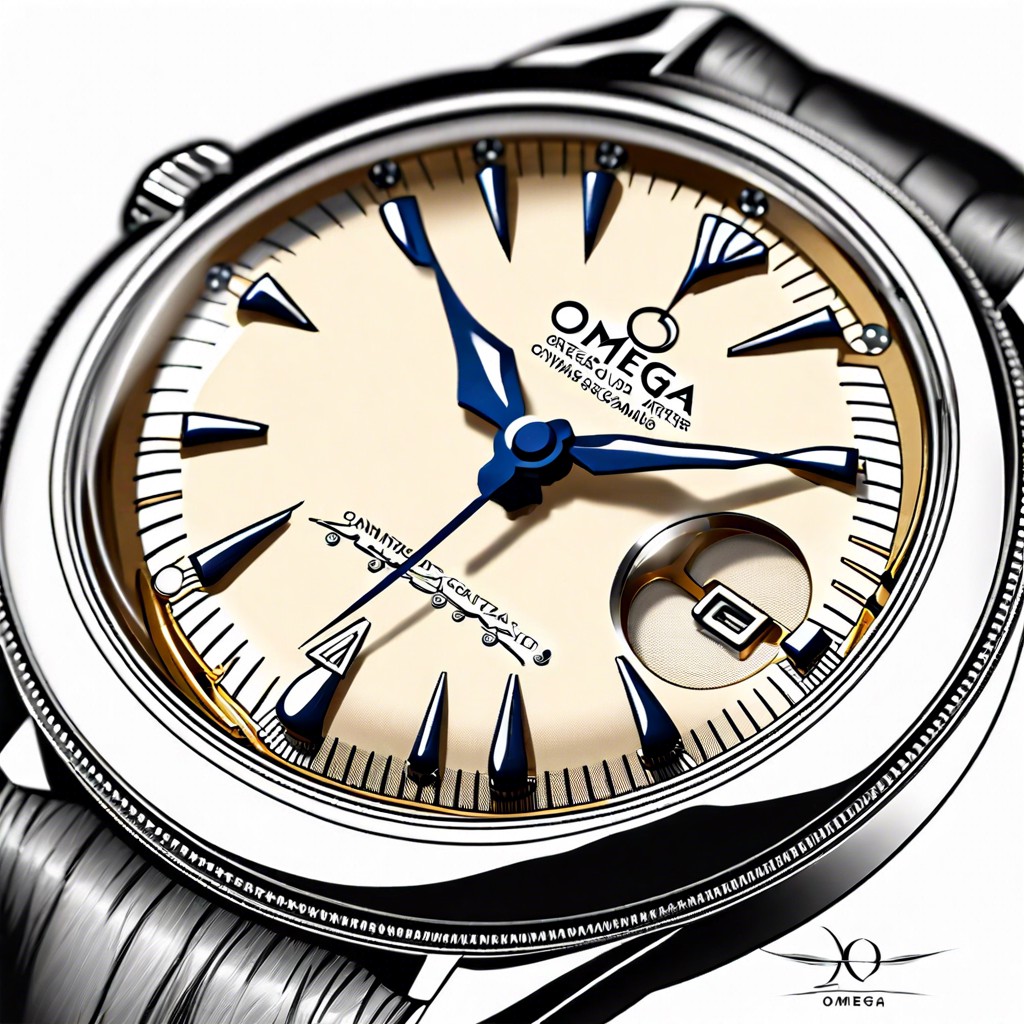Last updated on
Perusing uranium glass for sale becomes a fascinating endeavor because each piece carries an intriguing historical essence mixed with unique radioactive qualities.
Key takeaways:
- Uranium glass is a form of glass that incorporates uranium oxide.
- Uranium glass comes in various types, including vaseline glass and burmese glass.
- Uranium glass glows under ultraviolet light due to its uranium content.
- Authentic uranium glass can be identified by its green glow under UV light.
- Uranium glass can be found in antique stores, online marketplaces, and collectors’ fairs.
What Is Uranium Glass?

Uranium glass, often recognized by its distinct fluorescent green hue, is a form of glass that incorporates uranium oxide during the manufacturing process. This addition dates back to the 19th century and bestows the glass with its characteristic glowing appearance, especially under ultraviolet light.
Often collected for its unique aesthetic, this glass is typically safe to handle due to the low levels of uranium it contains, which are not enough to pose a health threat. While green is the most common color, uranium can also impart other colors to the glass, like yellow or pink, depending on the formulation and the presence of additional coloring agents.
Collectors value pieces for their historical significance, craftsmanship, and the singular beauty that comes from their gentle glow.
The Uranium Glass Subtypes

Uranium glass comes in various types, each distinct in appearance and produced during different historical periods:
1. Vaseline Glass: Characterized by a yellow-green color and a greasy luster, its hue comes from a small amount of uranium. Vaseline glass glows brightly under ultraviolet light.
2. Burmese Glass: A type of uranium glass with a distinctive pink-to-yellow gradient. Developed by the Mount Washington Glass Company in the late 19th century, it remains a collector’s favorite.
3. Canary Glass: Also known as yellow depression glass, canary glass ranges from translucent to opaque and, like vaseline glass, exhibits fluorescence under UV light.
4. Custard Glass: This subtype has a more opaque, milky appearance, often with a yellowish hue due to the uranium content. Some pieces are hand-painted or decorated with enamel.
5. Depression Glass: Mass-produced in the United States during the Great Depression, this glass comes in various colors, including uranium-based green, and patterns, making it a popular and affordable collectible.
Interesting Facts About Uranium Glass
Uranium glass glows under ultraviolet light due to its uranium content, often showing a bright, neon green color. This phenomenon has made it particularly popular among collectors.
Despite its name, the glass is typically only composed of a very small amount of uranium, usually less than 2%, making it safe for handling and usage in most cases.
Uranium was first added to glass formulas in the 1830s, although it wasn’t until the early 20th century that its production peaked, largely concurrent with the Art Deco movement.
The most common color of uranium glass is green, earning nicknames like ‘Vaseline glass’ or ‘canary glass’, although it can appear in other colors, such as yellow or pink, depending on additional coloring agents.
During World War II, the U.S. government confiscated a large amount of uranium, including for the Manhattan Project, leading to a temporary halt in the production of uranium glass.
Today, the production of new uranium glass has decreased significantly due to regulations and the public’s perception of radiation. Still, newly crafted pieces can be found, often made by artisans keeping the tradition alive.
Collectors often use Geiger counters to verify the uranium content in glass, although professional appraisers can typically authenticate pieces based on characteristics such as color, style, and craftsmanship.
Uranium glass is part of a larger tradition of colored glass that includes pieces like cobalt glass and milk glass, representing a unique intersection of science, art, and history.
Identifying Genuine Uranium Glass
To confirm the authenticity of uranium glass, look for its signature green hue. Under normal lighting conditions, the glass will often have a slight green to yellow-green tint. However, the conclusive test is its response to ultraviolet light. When exposed to UV light, authentic uranium glass will glow a bright fluorescent green due to the uranium content.
A reliable UV or black light is an essential tool when identifying these pieces. For a thorough examination, inspect the item in a darkened room with the UV light. Note that the intensity of the fluorescence can vary depending on the concentration of uranium and the type of glass.
Additionally, consider the age and pattern of the piece. Older uranium glass, particularly from the late 19th and early 20th centuries, may also exhibit characteristics of the period’s manufacturing techniques, such as hand-blown forms or mold seams. Research and comparison with known patterns can be very helpful.
When it comes to reproductions or fakes, newer pieces lacking the historical manufacturing traits may be a red flag. These newer items might fluoresce under UV light due to the addition of uranium but lack the depth and quality of genuine vintage or antique pieces.
Lastly, consult with reputable dealers or collectors for verification, especially if the piece under consideration is a substantial investment.
Where to Find Uranium Glass for Sale
Those in search of uranium glass can explore various avenues to add to their collections:
1. Antique Stores and Flea Markets: Local antique shops often carry a selection of vintage glassware, including pieces made of uranium glass. Similarly, flea markets can be a treasure trove where collectors may discover unique finds.
2. Online Marketplaces: E-commerce platforms like eBay, Etsy, and Ruby Lane frequently list uranium glass items for sale from sellers around the globe. The convenience of online shopping allows collectors to source pieces from a wider geographic area.
3. Estate Sales and Auctions: Estate sales might feature collections of glassware, and occasionally, they include uranium glass items. Auction houses, both online and physical, may also list lots containing uranium glass, providing opportunities to bid on rare and valuable pieces.
4. Glass Shows and Collectors’ Fairs: Specialty shows dedicated to glassware collectors often feature uranium glass among other collectibles. They are excellent venues to meet other collectors and learn more about the glass.
5. Online Forums and Social Media Groups: Joining communities of like-minded collectors can lead to private sales and trades. Social media platforms have numerous groups and forums where enthusiasts share leads on where to find pieces for sale.
It’s important to remember to research the seller and verify authenticity when purchasing, particularly when using online sources.
Evaluating the Condition of Uranium Glass Pieces
Inspecting for chips and cracks is paramount, as these flaws can significantly diminish the value and aesthetic appeal of the piece. A careful examination of the edges, especially on items like plates and glasses, is crucial to ensure integrity.
Assessing the glass for clarity involves checking for cloudiness or discoloration, which may indicate poor storage or exposure to harmful chemicals. This can affect the glow under UV light, a distinctive feature of uranium glass.
Evaluating wear patterns can also provide insights into the piece’s age and history. For instance, consistent wear on the base of a vase may authenticate its antique status. However, keep in mind that excessive wear might impact the collectibility.
Analyzing restorations or alterations is essential. Any signs of glue or mismatched glass fragments could suggest prior damage and repair, which should be factored into the valuation.
Lastly, verifying the glow under UV light is perhaps the most fascinating step in confirming the presence of uranium. An authentic piece will exhibit a bright green or yellow fluorescence, which is the unique characteristic that captivates collectors and enthusiasts alike.
Understanding the Value of Uranium Glass
When assessing the value of uranium glass, several factors come into play. Rarity is a primary determinant; pieces produced in limited quantities or from well-known manufacturers, such as Fenton or Northwood, typically command higher prices. The condition is equally critical, with items free of chips, cracks, and repairs being more desirable.
The complexity of the design and the intensity of the uranium color can influence value. Glass with intricate patterns or strong fluorescence under UV light is often more sought after. Additionally, the era of production can affect the price; older, antique pieces generally hold more value than newer, vintage items.
Provenance, or the history of the piece, can also enhance its worth, especially if it can be traced to a significant event or was owned by a notable individual. Lastly, the current market demand plays a role, with prices fluctuating based on collector interest and trends in antique and vintage collectibles.
Caring for Uranium Glass
Maintaining the unique glow and integrity of uranium glass requires gentle care. Always hand-wash these pieces using a soft cloth and mild detergent, avoiding abrasive materials that can scratch the surface. It’s advisable to wash them separately to prevent contact with harder items that might cause damage. Dry the glass promptly with a lint-free towel to avoid water spots.
Exposure to strong light over time can cause the uranium to darken, reducing the glass’s characteristic fluorescence. To preserve the vibrancy, store your pieces out of direct sunlight. Additionally, display them in a controlled environment as extreme temperatures or sudden shifts can lead to cracking.
When not on display, wrap each piece in acid-free tissue paper to prevent scratches and store them in a padded container. This extra precaution ensures that the glass remains in excellent condition, allowing you to enjoy its unique beauty for years to come.
Safety Considerations When Handling Uranium Glass
Despite its name, uranium glass generally contains only a very small amount of uranium, which is embedded in the glass matrix. This results in the glassware’s characteristic green glow under ultraviolet light but does not pose a high risk of radioactivity under normal handling conditions. Nonetheless, a few safety precautions are wise to observe.
1. Minimize unnecessary handling: While the radioactivity levels are low, limiting direct contact, especially with items used for dining or drinking, is advised.
2. Wash hands after touching: As a standard hygienic practice, always wash your hands after handling antique items, including uranium glass.
3. Use for display, not consumption: To err on the side of caution, use uranium glass pieces for decorative purposes rather than as functional dinnerware.
4. Store safely: Keep uranium glass in a secure location where it’s not likely to be confused with everyday glassware, to prevent accidental use.
5. Be informed: If you’re a collector, staying informed about the nature of uranium glass and any regulatory changes concerning radioactive materials is prudent.
Remember, the risk is typically minimal, but applying these simple guidelines can ensure safety while enjoying the unique beauty of uranium glass.
Payment Methods for Purchasing Uranium Glass
Paying for uranium glass items typically involves several options to accommodate a wide range of buyers. When purchasing from physical antique stores or markets, cash is a common method. However, these venues may also accept credit and debit cards. Online marketplaces often provide more diverse payment options, including PayPal, credit and debit cards, and sometimes bank transfers.
For higher-value pieces, some sellers may offer installment plans, though this is less common and would be at the discretion of the individual seller. Buyers should ensure that they use secure payment methods, particularly when dealing with private sellers, to protect against fraud. Always ask for a receipt or proof of purchase which can also serve as provenance for the piece.




